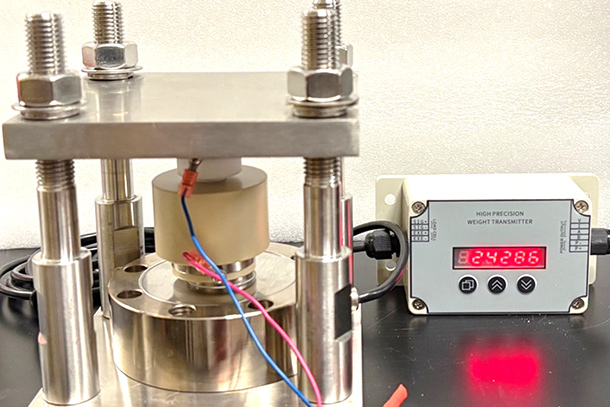The Dawn of Electric Vehicles
The Dawn of Electric Vehicles


What is going on these days among the Detroit automakers can fairly be called the second electrification of America and Canada. The first electrification was America's homes and businesses. This time it's North America's personal and business transportation, as the electric vehicle (EV) seems poised for its long-awaited takeoff in 2012.
Detroit automakers have offered electric cars before, only to give up when drivers proved uninterested. Investment this time is orders of magnitude larger. Owners of this generation of EVs are happy with the economics driving automakers to bet big with investments in R&D, production engineering, and manufacturing.
In the next few years, automakers plan to put tens of thousands of EVs on U.S. and Canadian roads. A $25-billion U.S. Department of Energy loan fund is helping them retool and retrain workers. Automakers also get tax breaks for hiring in Midwestern states. EV buyers get rebates as high as $7,500.
Upcoming Challenges
A scan of what the automakers and industry watchers are saying uncovers several upcoming challenges for engineers.
- Dual-mode transmissions – some of Detroit's most complicated powertrains ever–that are needed in large hybrid vehicles. EVs, however, need no mechanical transmissions, gear cases, differentials, and the like. With power curves far smoother than gasoline engines, EV motors connect directly to axles and wheels.
- Accelerated substitution of engineered plastics, composites, and aluminum for sheet-metal steel in doors, fenders, quarter panels, hoods, roofs, etc.
- High-voltage/high-amperage motor controls, AC/DC inverters, and related mechatronics hardware with embedded software that can stand up to highway shock and vibration and big temperature swings.
- Extending EV ranges to 250 miles or so, up from just a few dozen miles between battery recharges now. This is why hybrids, with or without electric plugs, preceded EVs into dealer showrooms and city streets.
- Mass-producing lithium ion batteries, which are less costly, longer-lived, smaller, and lighter than the nickel-metal-hydride batteries powering most of today's hybrids.
- Finding new rare-earth metals for more efficient EV motors.
- Production and installation of an infrastructure of tens of thousands of 240-V recharging stations.
Electrification Investments
Nearly all of the 30-plus auto brands sold in North America offer an EV or a gasoline–electric hybrid; some offer several (as of mid-2011). Among the most aggressive are Ford Motor Co. and General Motors LLC. Chrysler Group LLC is focusing instead on wringing more power from gasoline and diesel, though it will produce an EV starting in 2012, based on the Fiat 500 from its parent company, Fiat S.p.A. in Italy.
Corporate vehicle fleet buyers are taking notice. General Electric Co. has said it will replace half its company vehicles, a worldwide fleet of 65,000, with 25,000 new EVs plus 15,000 conversions. It is likely that GE will urge its larger suppliers to do likewise.
Ford's efforts in five areas were detailed by Chuck Gray, chief engineer of global core engineering hybrid and electric vehicles at a 2011 auto industry conference. Gray cited automatic start-stop, a fuel and power saver; advanced instrument panels with better human-machine interfaces; regenerative braking, which makes electricity every time the brakes are applied); and better electric motors. In an industry first, Ford retooled its Wayne, MI, plant to assemble conventionally powered vehicles, hybrids, and EVs on the same line.
A resurgent General Motors (GM) is putting almost $250 million into its White Marsh (Baltimore, MD), transmission plant to make EV motors, the first U.S. automaker to do so. It is also hiring 1,000 engineers and researchers in Michigan "to develop, validate, and manufacture automotive battery, electric motor, and power control technologies in-house as core competencies."
GM's other electrification investments are on a similar scale, including a total of $700 million just in Michigan (eight plants) to support the Chevrolet Volt EV. Half that sum is going to GM's Hamtramck (Detroit) plant that assembles the Volt. The U.S. auto industry's only battery pack manufacturing plant, also in Michigan, is getting $43 million. Powertrain operations in Flint and Bay City, MI, and Defiance, OH, are getting $162 million. GM has also invested in several high-tech EV-component companies.
President Barack Obama has challenged automakers to put one million EVs on the road by 2015. That's equal to one out of 12 cars sold in 2010. Mass production of EVs will certainly clean up vehicle emissions problems. But recharging millions of lithium ion batteries every few days will boost electricity demand. How that demand will be met is another set of engineering challenges.
Jack Thornton is an independent writer.
President Barack Obama has challenged automakers to put one million EVs on the road by 2015.




